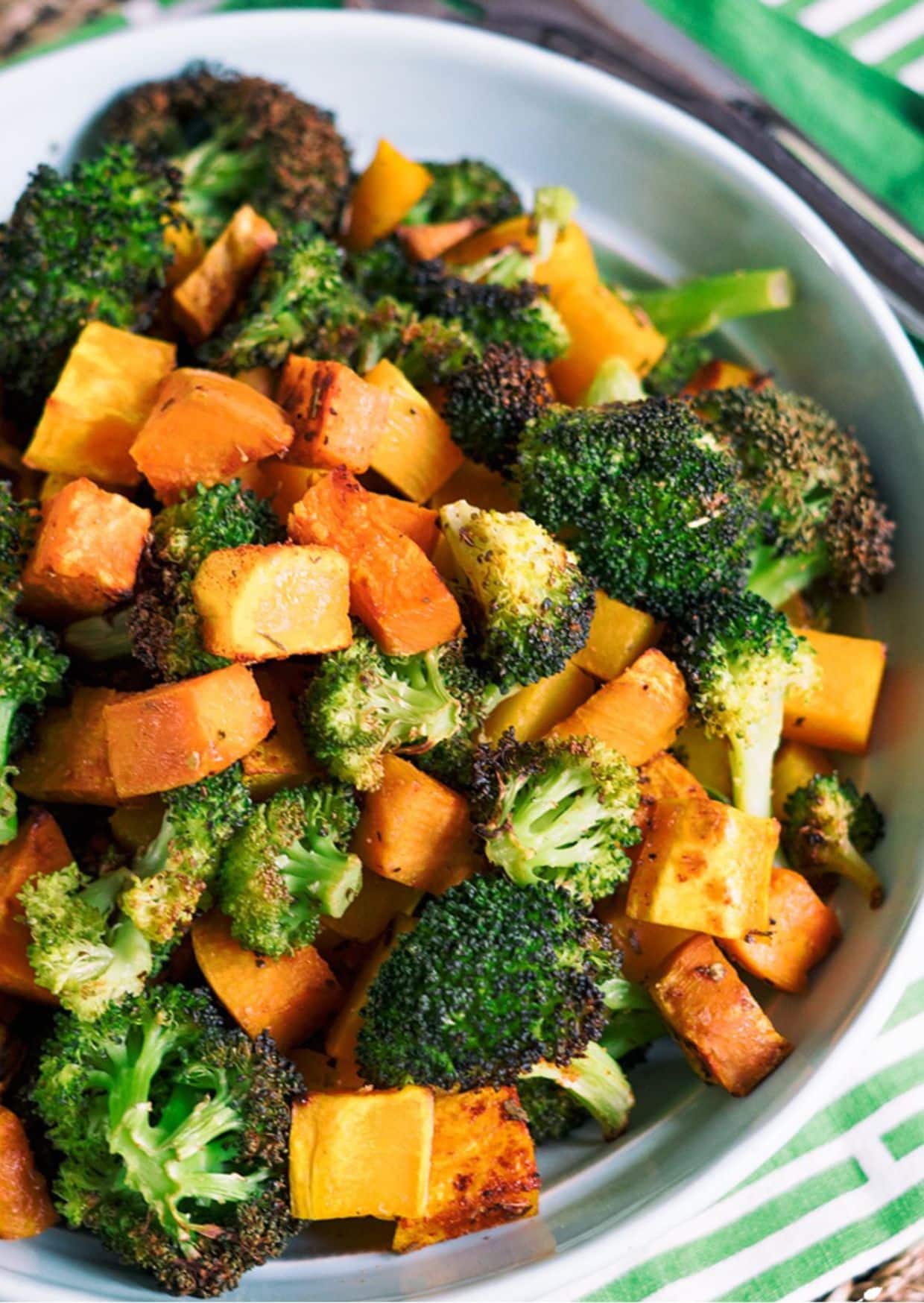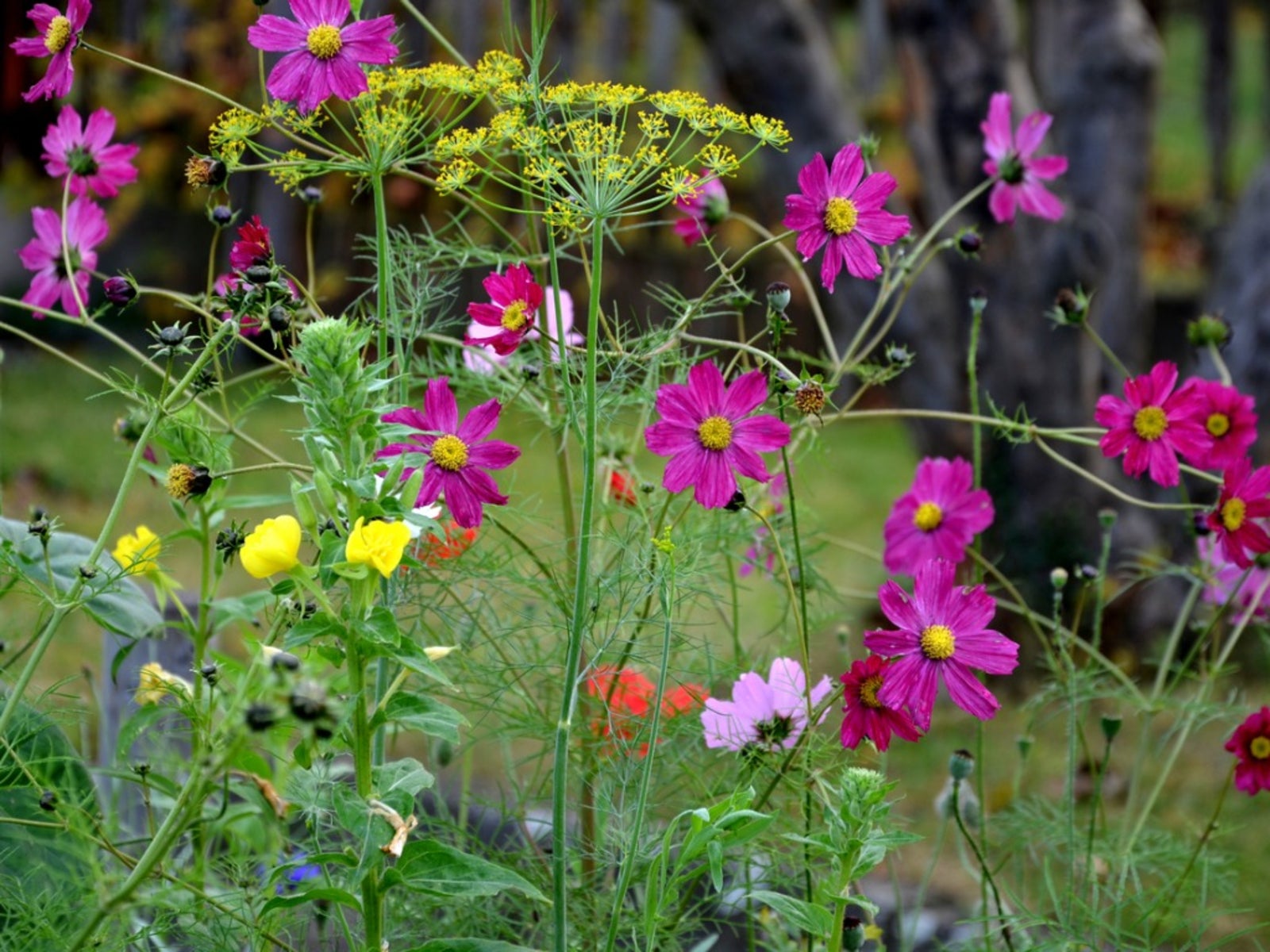The Ultimate Guide To Squash Companion Planting
The Ultimate Guide to Squash Companion Planting
Squash is a delicious and versatile vegetable that can be enjoyed in many different ways. But did you know that companion planting can help you grow healthier and more productive squash plants?
Companion planting is the practice of planting certain plants together in order to benefit each other. Some plants attract beneficial insects, while others repel pests. Some plants improve the soil quality, while others provide shade or support.
When it comes to squash, there are a few key companion plants that can help you get the most out of your garden.
The Three Sisters
One of the most famous examples of companion planting is the "Three Sisters" method. This method involves planting corn, beans, and squash together. The corn provides a trellis for the beans to climb, the beans fix nitrogen in the soil, and the squash shades the ground and helps to suppress weeds.
Other Good Companion Plants for Squash
In addition to the Three Sisters, there are a number of other plants that can be good companion plants for squash. These include:
- Cucumbers: Cucumbers and squash are both members of the cucurbit family, so they have similar growing requirements. They also help to attract beneficial insects and repel pests.

- Lettuce: Lettuce is a cool-season crop that can help to suppress weeds and improve the soil quality. It also provides a good source of shade for young squash plants.

- Melons: Melons and squash are both heavy feeders, so they can benefit from being planted together. They also help to attract pollinators.

- Peas: Peas fix nitrogen in the soil, which can benefit squash plants. They also help to attract beneficial insects.

- Radishes: Radishes are a fast-growing crop that can help to break up compacted soil and attract beneficial insects. They can also be used as a trap crop for pests.

What Not to Plant Near Squash
While there are many plants that can be good companion plants for squash, there are also a few plants that should be avoided. These include:
- Broccoli: Broccoli can attract the same pests as squash, so it's best to avoid planting them together.

- Cabbage: Cabbage can also attract the same pests as squash, so it's best to avoid planting them together.

- Potatoes: Potatoes can harbor the same diseases as squash, so it's best to avoid planting them together.

- Spinach: Spinach can compete with squash for nutrients, so it's best to avoid planting them together.
How to Plan Your Squash Companion Planting
When planning your squash companion planting, it's important to consider the size of the plants, their growing requirements, and the pests and diseases that they are susceptible to.
For example, if you're planting large squash plants, you'll need to make sure that they have enough space to grow. You'll also need to choose companion plants that have similar growing requirements. For example, if you're planting zucchini, you'll want to choose companion plants that like full sun and well-drained soil.
Finally, you'll need to consider the pests and diseases that your squash plants are susceptible to. If you know that your plants are prone to a certain pest or disease, you can choose companion plants that help to repel or attract beneficial insects.
Conclusion
Companion planting is a great way to improve the health and productivity of your squash plants. By planting the right companion plants together, you can help to attract beneficial insects, repel pests, improve the soil quality, and save space in your garden.
Squash is a delicious and versatile vegetable that can be enjoyed in many different ways. But did you know that companion planting can help your squash plants grow healthier and produce more fruit?
Companion planting is a gardening technique that involves planting certain plants together in order to benefit each other. For example, some good companion plants for squash include beans, corn, marigolds, and nasturtiums. These plants help to attract beneficial insects, deter pests, and improve soil health.
If you're interested in learning more about squash companion plants, I recommend visiting Gardenia Inspiration. This website has a wealth of information on the topic, including lists of good and bad companion plants, as well as tips on how to plant and care for your squash plants.
FAQ of squash companion plants
null
Image of squash companion plants
5 different images of squash companion plants from Pinterest:
- Beans. Beans are a great companion plant for squash because they help to fix nitrogen in the soil, which is beneficial to the growth of both plants.
- Borage. Borage is a flowering plant that attracts beneficial insects, such as ladybugs and hoverflies, which help to control pests that can harm squash plants.

- Cosmos. Cosmos is another flowering plant that attracts beneficial insects. It also helps to deter squash bugs, which are a common pest of squash plants.

- Nasturtiums. Nasturtiums are another flowering plant that attracts beneficial insects. They also help to repel nematodes, which are harmful soil-dwelling worms that can damage squash plants.

- Sunflowers. Sunflowers are tall plants that provide shade for squash plants, which can help to protect them from the hot sun. They also help to attract pollinators, which help to improve the pollination of squash flowers.

Post a Comment for "The Ultimate Guide To Squash Companion Planting"